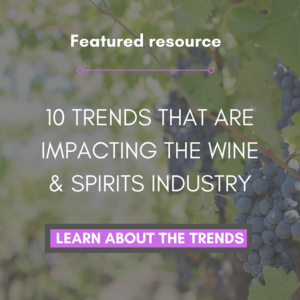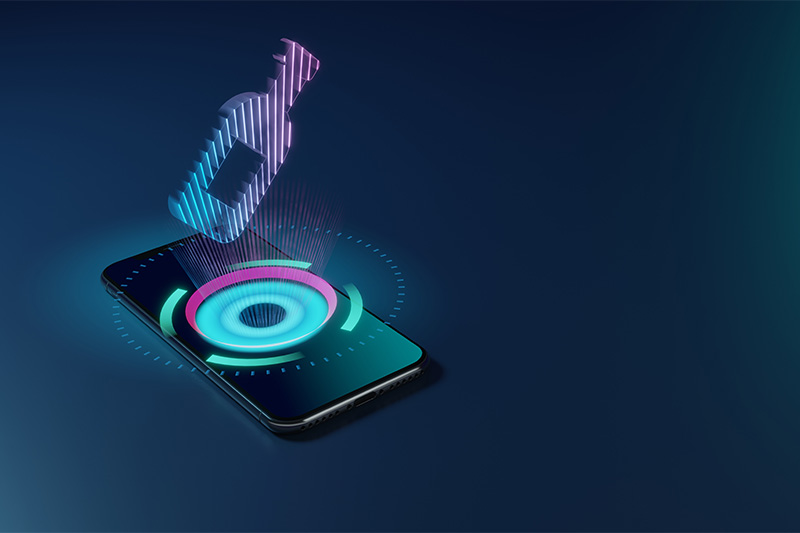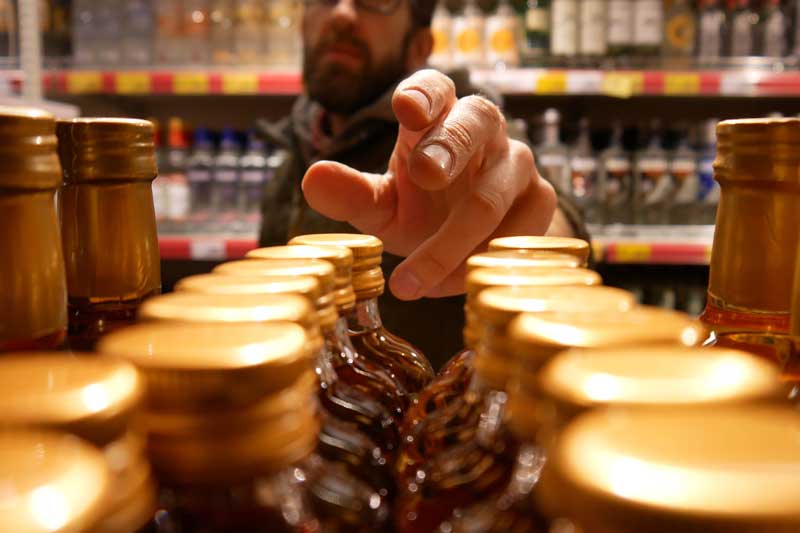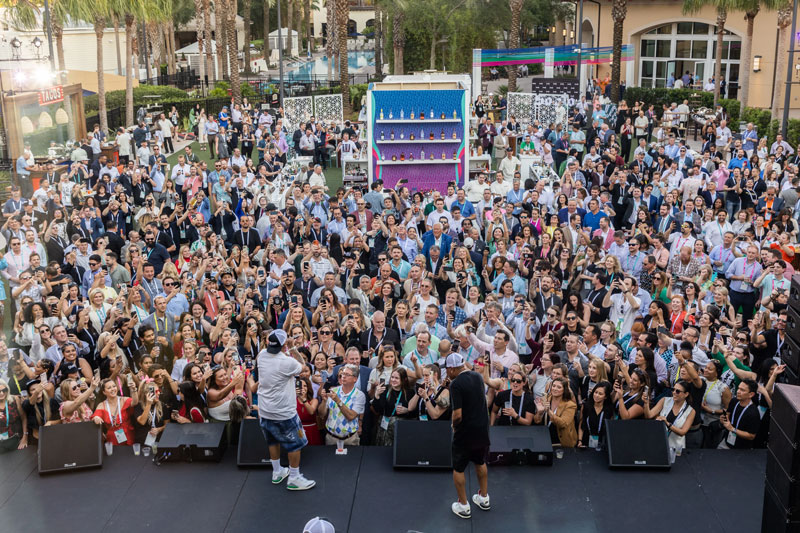The days of the milkman may be long gone…but the alcohol delivery days are just getting started.
Customers don’t even need to talk to someone to order their favorite Malbec or gin. On-demand apps, such as the booming Drizly, enable consumers to order alcohol delivered to their front door as quickly as within an hour in some major cities. With 80% of all drinking taking place off-premises, according to LEK Insights, getting alcohol from an app is a convenient and easy way to drink at home.
Drizly, which has made $67 million to date, reported a 700% year-over-year sales increase, so if liquor stores and brands are not on the app, they’re missing a huge revenue opportunity.
The growth of app sales mirrors that of all online alcohol sales. IWSR predicts that all online alcohol sales, apps included, are expected to grow at five times its current rate to $13.4 billion by 2024.
Alcohol apps
Drizly, which was the first on-demand alcohol app on the market in 2016, partners with local liquor stores to help customers shop via the app for what they want. Customers place their order and wait for it to arrive. That’s it. Some stores do have a minimum delivery charge.
Drizly’s network of liquor stores includes 1,400 stores in more than 100 markets across North America. In the past two months, Drizly announced major partnerships with Shop Rite & Tobacco Plus in Louisana and the large Texas-based chain Spec’s.
“This partnership [Spec’s] further proves that the time for retailers to get into alcohol e-commerce is now,” Blaine Grinna, spokesperson for Drizly, told Culture Map Dallas.
While Drizly is the largest on-demand app to date, it’s not alone in the market anymore. Saucey is trying to race Drizly to consumers’ front doors, offering guaranteed 30-minute delivery in select cities.
If you want your drink delivered with dinner, DoorDash works with local restaurants to help you order a drink off their menu. You choose what you want on the app and then DoorDash delivers it to you.
The consumer Is changing
 One of the reasons these on-demand alcohol delivery apps are succeeding is because they cater to the way new alcohol consumers live. Millennials now have more purchasing power in the industry. In other aspects of their lives, they’re used to getting 10 Amazon packages a day or getting their dinner delivered to their door. Now it’s time for their drink to come that way too.
One of the reasons these on-demand alcohol delivery apps are succeeding is because they cater to the way new alcohol consumers live. Millennials now have more purchasing power in the industry. In other aspects of their lives, they’re used to getting 10 Amazon packages a day or getting their dinner delivered to their door. Now it’s time for their drink to come that way too.
Yes, delivery costs more than walking or driving to the liquor store, but apps are way more convenient. Compared to the cost of a $16 glass of wine at a restaurant, the delivery charge can seem insignificant.
This group of consumers is also drinking at home more, with 47% of millennials saying they prefer to drink at home and 28% saying it’s too much effort to go out.
What you can do to capitalize on the on-demand craze
Liquor store owners should want in on the on-demand liquor delivery space, and Drizly makes a compelling case. On its website, Drizly claims more than 50% of purchases on the app are from new customers who have never been to a given store. And 75% of all customers come back to that store via the app.
On both the Saucey and Drizly websites, retailers can fill out a form to become a partner.
Drizly wants to work with brands, too. Drizly offers brands a way to “manage their digital shelf” by controlling product descriptions and images. In return, Drizly promises consumer insights and a way to run digital campaigns for the brand’s products through the app.
- 87% of Utilities Have Experienced at Least One Data Breach in Last Three Years - February 5, 2024
- Can Drones Lower Your Next Utility Bill? - January 10, 2024
- Onshore Wind Farms Are The Next Big Thing In Renewable Energy - December 6, 2023




